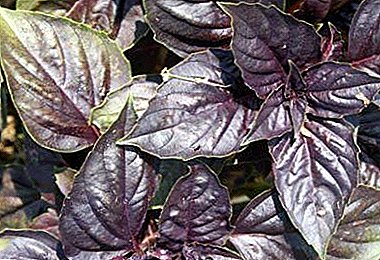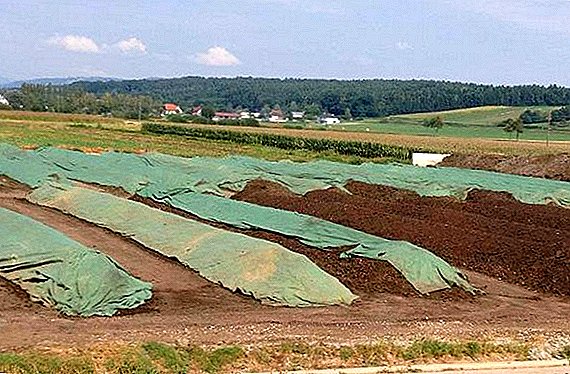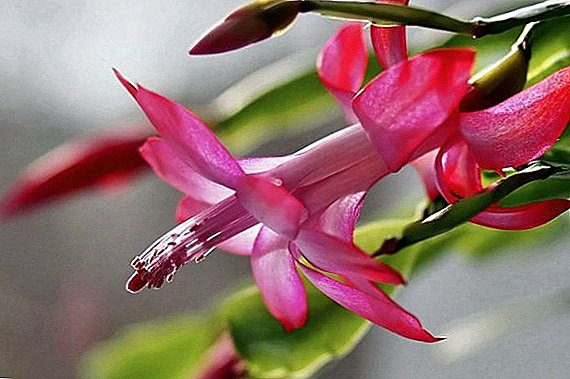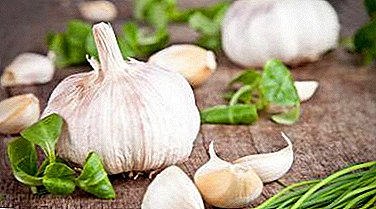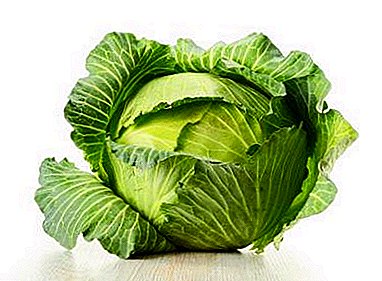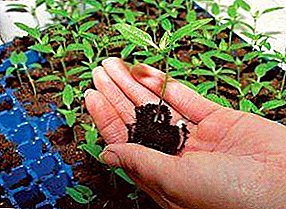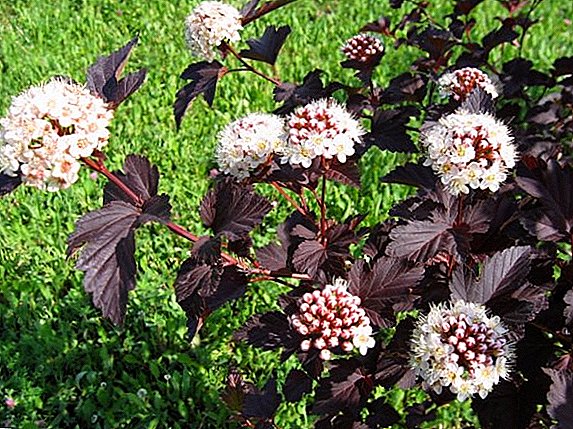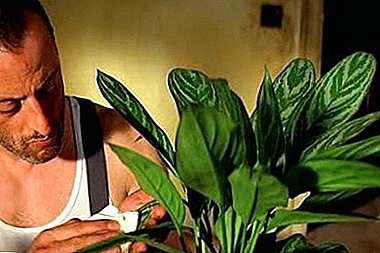
"Aglaonema" is a decorative flowering plant. Prefers abundant watering, feeding, partial shade. Refers to very useful indoor colors.
This representative of the flora cleans the air and reduces the content of benzene.
General description, all about the flower "Aglaonema"
Aglaonema is a member of the Araceae family. The homeland is the tropics of India and the archipelago of Malaysia. This representative flora grows on the lower tier of the forest thicket or along the coast. It reaches a height of 65 cm. It has small fleshy branches.
The stem is very short, only in adult specimens. In young flowers, branches branch at the base. It grows very slowly. Leaflets lanceolate, elongated. In length reach 9-16 cm. Depending on the subspecies, they are endowed with multi-colored strokes, specks or have a full emerald color. The vein of the sheet plate is very distinct. How does Aglaonema bloom?
Reference! Flowering is very rare. With good care can bloom in the summer.
Flowers nondescriptminiature. Inflorescences in the form of cobs. Fruits in the form of berries of a blood-claret shade. Each berry contains one seed. Maturation for reproduction occurs within 5-9 months.
Varieties and types of plants with photos
Maria
It is the most shade-tolerant subspecies. It has thick leaves of emerald hue. Thanks to the leaflets can grow in offices where there is no natural light. Care at home for the "Aglaonema Maria" does not require special treatment.

Changeable
Latin name: Aglaonema commutatum. It is a bushy plant. It has smooth branches. Leaves are on elongated petioles. The leaves are lanceolate or in the form of ellipses. In length reach 25-35 cm, in width - 6-11 cm.
Butterfly
Latin name: Aglaonema Butterfly. It has emerald leaves with small pink spots. Veins sheet plate bright blood color. As the leaves grow, they are saturated with color. It grows well in warm, bright rooms. Does not tolerate direct sun exposure. Loves frequent watering and bathing under a warm shower.
Red
Refers to the hybrid subspecies. Grows to medium size. It is endowed with burgundy, crimson or blood leaves with numerous multicolored strokes. It grows mainly in Taiwan. Distributed on flower farms. Poor transfers transportation.
Crete
Hybrid "Red" subspecies. The crown of a flower differs from other subspecies in a magnificent variety of shades. Almost all colors of the rainbow are present. On the plant you can see emerald, amber, pink, burgundy shades. There are variations with bright blood leaves.
Mostly this color is present only in young individuals. Stems are pale, almost transparent. The subspecies loves bright natural light. With a lack of light can lose the decorative. In such conditions, the leaves no longer shine and begin to dim.
Silver beat
The largest subspecies. In height can reach more than 1 meter. The length of the leaves reach more than 30 cm. They have an elongated shape, pointed to the top. In the middle of the sheet is a silver spot with jagged edges. The same smaller strokes are on the other edges of the leaf.
Young specimens have a light emerald shade of leaves. As they grow they begin to darken. The plant has a straight emerald shade. Because of its dense foliage, it is usually not visible. As they mature, the shtamb becomes bare at the bottom.
From the root system grow large branches. Due to this, this subspecies can maintain its bushiness and pomp for a long time. Even adult specimens retain decorative. A distinctive feature is cold resistance. Subspecies can grow in drafts and rapid temperature changes.
Modest
Latin name: Aglaonema modestus. Leaves of emerald hue, elongated, pointed above. In length reach 18-22 cm, in width - 8-10 cm. It has pronounced streaks on the sheet plate. Refers to the shade-tolerant subspecies. In height reaches no more than 45-55 cm.
Home care
Watering
 The plant prefers abundant watering. During the growing season, this representative of the flora must be watered even more intensively.
The plant prefers abundant watering. During the growing season, this representative of the flora must be watered even more intensively.
Do not allow soil coma to dry out. In spring and winter, watering should be reduced.
Excessive flooding in a cool time can lead to rotting of the root system.
Air humidity
For active growth the plant prefers high air humidity. In summer, the flower must be sprayed daily with water from a spray bottle. You can also put the pot on the container with moistened moss, pebbles or expanded clay. New water is added as moisture evaporates. It is important to clean the leaves from the settled dust.
Important! Since this representative of the flora can purify the air, it is forbidden to cover its leaves with various preparations to add shine.
Landing
Palpation affects the mucous membrane. Rubber gloves must be worn when transplanting. Wash hands thoroughly after the procedure. The plant grows well in loose, air-permeable soil. For planting use deep tanks. But you can not choose too large pots. Otherwise, the root system will fill the container for a long time, and the flower will not grow. Therefore, it is recommended to choose pots 4-5 cm larger than the diameter of the root system. Planting and transplanting should be done only in the spring.
Important! "Aglaonema" negatively affects the mucous membrane. Therefore, the flower is not recommended to keep in kindergartens, bedrooms. You can not grow a flower in rooms where there are animals or small children.
Transfer
Since plant growth is slow, it is transplanted very rarely. One transplant in 3-6 years is enough. The procedure is carried out in the spring. If the root system is limited to a small volume of capacity, then the plant gives an excellent growth of leaves.
Breeding
 Reproduction occurs by seed, seedlings and affiliated plants.
Reproduction occurs by seed, seedlings and affiliated plants.
Reproduction occurs with difficulty, as the growth of the flower is very slow.
The easiest way of reproduction is to divide the bush during transplantation.
The process is very time consuming, but it justifies itself completely in consequence. It is important that in each bush there are young shoots with 4-5 new leaves.
Temperature
In summer, the plant grows well at a temperature of 19-26 ° C. In winter, the temperature should not be allowed to fall below 15 ° C. The flower reacts badly to changes in temperature, winds, drafts.
Lighting
Subspecies with emerald leaves grow well in partial shade. Flowers with colorful leaves need bright natural light. Direct sunlight can cause death due to severe burns.
Important! "Aglaonema" refers to very useful indoor flowers. It is grown as a means to purify the air. This representative of the flora reduces the content of benzene, office glue. "Aglaonema" easily kills bacterial sticks and germs.
Diseases and pests
When bad care is most often affected by thrips. Aphids may appear on the leaflets. With strong dusting can get a spider mite. Pests are eliminated by folk remedies - potassium permanganate and household soap. The flower can get gray rot or spotting. Diseases are eliminated fungicidal agents.
Why do aglaonema leaves turn yellow? Perhaps there was a waterlogging of the soil or the plant is not enough sunlight.
Conclusion
Aglaonema has several varieties. Differs in decorative motley leaves. It responds well to top dressing, abundant watering and heat. It grows well with high humidity.


